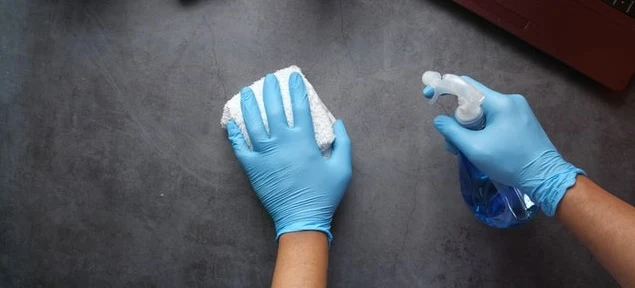Passivation Procedure The purpose of this SOP is to provide guidelines to QA personnel/Production Personnel to carry out the passivation of manufacturing lines/ tanks. Passivation procedure and testing method that can be used in Liquid plant for Passivation of stainless steel product contact surfaces/process equipment made of stainless steel.
1.0 Scope
It applies to all manufacturing lines/products/variants / SKUs being produced at the XXXXXX unit. Passivation is required for every new stainless steel equipment having product contact surfaces or equipment that gets contaminated at any step during processing or repair.
2.0 Responsibility
The QA Manager is responsible for
approv
3.0 Equipment To Be Used - Passivation Chemical
1. Nitric Acid
2. Caustic soda
4.0 Passivation for Microbiology Lab Procedure
1. Rinsing
Cleaning at this point is very important since grease, oil, rust, scale, and other residues can hamper the proper Passivation process.
Thoroughly rinse all surfaces with DM water.
Rinsing should be sufficient to remove all loose dirt or debris.
Rinsing time - 10 min
2. Nitric Acid
Treat a stainless steel surface with 1% w/w solution of nitric acid (HNO3).
At ambient temperature, the solution requires a minimum of 1 hour or at 55 to 60°C for a
Minimum of 30 minutes
3. Rinsing
Equipment, that has been passivated, must be cleaned and sanitized before it is put into use. The cleaning process must be such that all traces of acid are removed from the surfaces.
Time – 10 min
4. Cleaning
Cleaning all contact surfaces by using Caustic soda ( 1 to 1.5 % ) and steam to maintain 65°C for a minimum of 15 minutes or ambient at 30 mins.
5. Rinsing
Water rinse with DM water for 10 min or the cleaning process must be such that all traces of Caustic Soda are removed from the tanks.
Integrated Management System Manual
5.0 Process Flow for Passivation
a) Empty the Manufacturing/ Storage Tanks and pipelines.
b) Scrub the tank wall with a scrubber & sweep out all the physical dust or content from the inside wall of the container.
c) Flush the tank with clean water.
d) Add. The freshly prepared nitric acid solution (1% HNO3 W/W) circulates the nitric acid for up to 1 hr.
e) After circulation, the whole Nitric acid solution is transferred to other Tanks. ( if Physically ok)
f) Then flush the tank with DM water, for 10 min.
g) Collect the sample for testing (Physical, pH,).
a. Physically – Clear Solution.
b. PH – 5.5 – 7.5
h) Add the freshly prepared caustic soda solution (1- 1.5 % NaOH) and circulate approx. 15 – 30 min.
i) After circulation, the whole Caustic soda solution is transferred to another tank.( if Physically ok)
j) Water rinse with DM water for 10 min or the cleaning process must be such that all traces of Caustic Soda are removed from the tanks
k) Finally collect the sample for chemical testing (Physical, pH,).
a. Physically – Clear Solution
b. PH – 5.5 – 7.5
Then collect the sample for Microbiology testing if Required.
6.0 Precautions of Passivation Procedure
• All product contact surfaces must be passivated before contact with the product.
• Passivation of all stainless steel product contact surfaces is done to make them less reactive to corrosive materials.
• If Passivation is not done by the fabricator, or if damage has occurred during installation, then the equipment should be passivated in the plant before commissioning.
• Persons experienced in handling acids and wearing protective equipment must perform Passivation.
• It is the responsibility of the plant and each individual performing this procedure to do Passivation safely.
• Material Safety Data Sheets (MSDS) should be maintained for all the chemicals.
6.0 Records ( Record Details shall contain the Format No. also)
7.0 Retention Period of Record.


